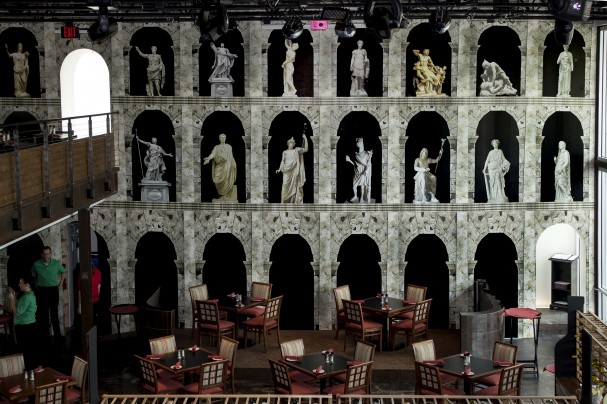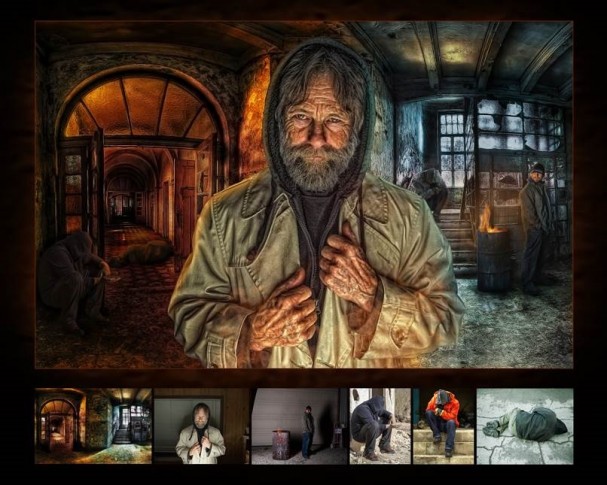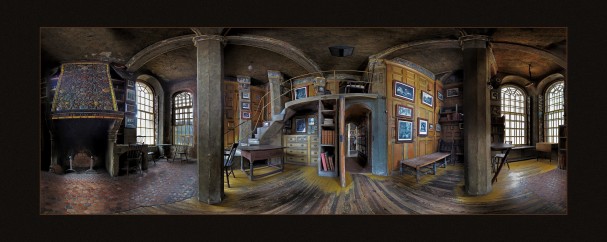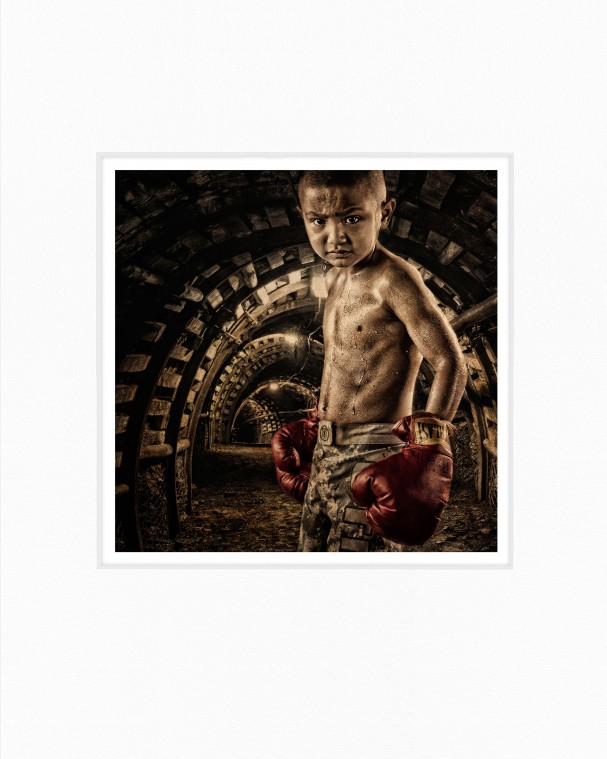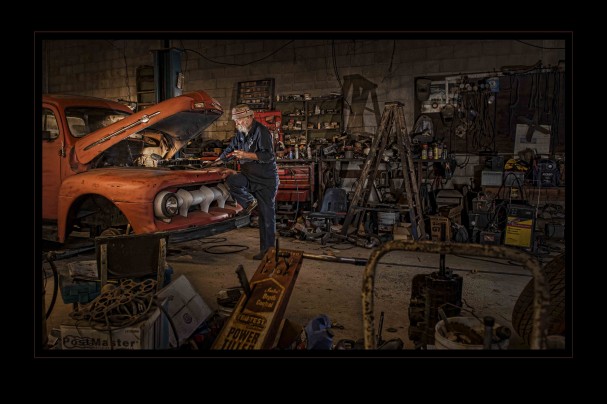The Colosseum Italian Restaurant recently opened in Naples, Fla., so what better interior design motif than a giant canvas giclee reminiscent of the Roman Colosseum?
The owner of The Colosseum (the restaurant, that is) contacted Jerry Summers of ColorTec Graphics and Design, Cape Coral, Fla., to see if he could print what would be a 21′-high and 44′-long canvas piece to frame the main dining area. They had collaborated on canvas giclees in the past, so canvas seemed a natural fit.
 “He asked me if I could do it, and I told him we won’t know until we try,” recalls Summers. “It exceeded expectations. The prints turned out extremely sharp and he did a great job of applying it.”
“He asked me if I could do it, and I told him we won’t know until we try,” recalls Summers. “It exceeded expectations. The prints turned out extremely sharp and he did a great job of applying it.”
As you can see from the pictures, it was a project of extreme detail, as Summers built the images literally brick by brick in Photoshop.
Ultimately, Summers would print close to 40 canvas panels to be applied to the structure that would hold the canvas, built in 33 4×8 plywood sections. Summers used Sunset Select Gloss Canvas, printed on an Epson Stylus Pro 9880.
“The color turned out wonderful on the canvas. I’ve used Sunset Select Gloss Canvas for several years now and I really enjoy it,” says Summers. “The owner of the restaurant calls it the largest canvas giclee in the world, and I can’t argue with him because I don’t know of a larger one.”
The canvas prints were applied to the plywood structure with contact cement to ensure a permanent bond. Now it’s the perfect backdrop for dining and enjoying the live music and entertainment regularly featured at The Colosseum.

